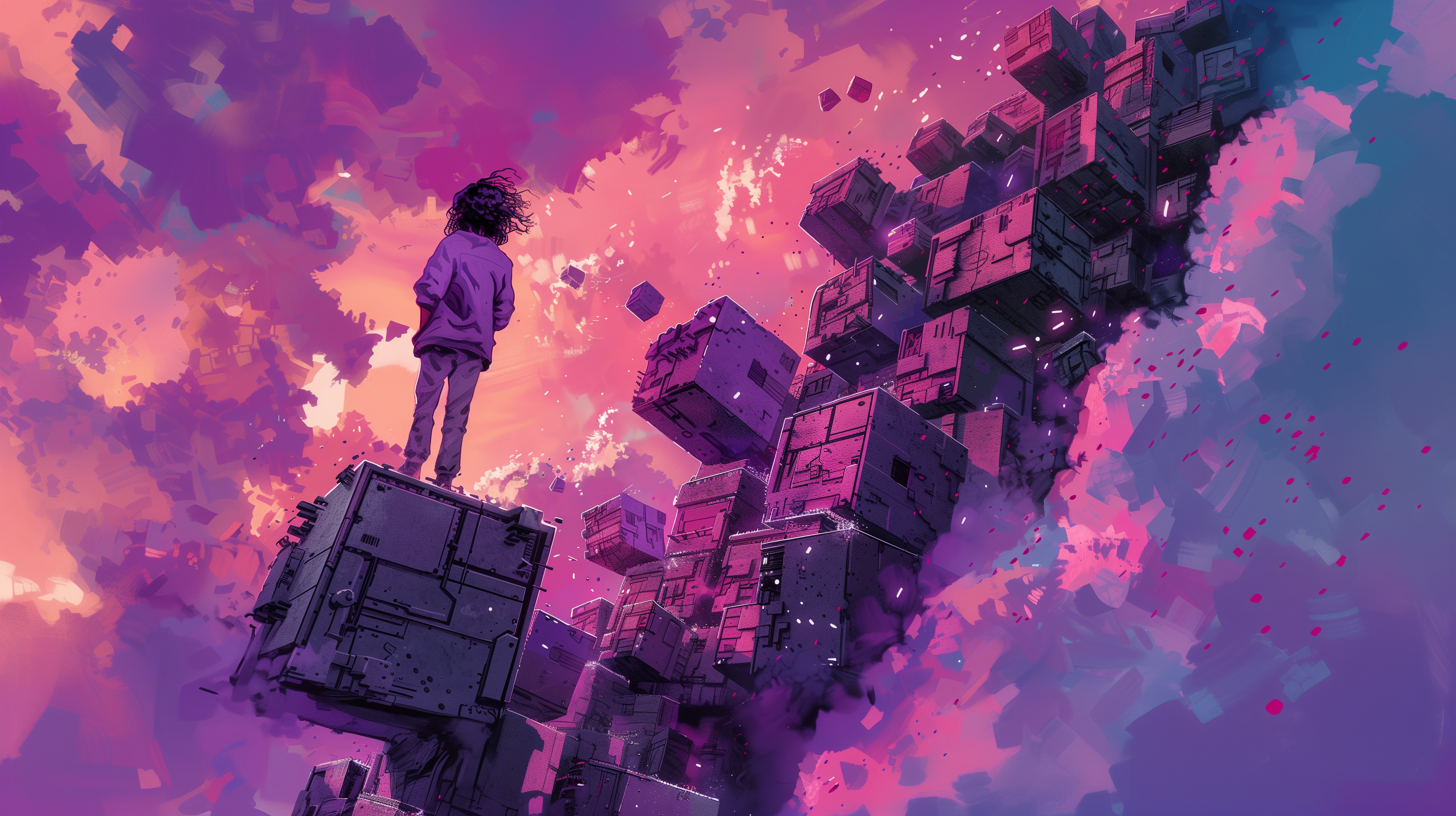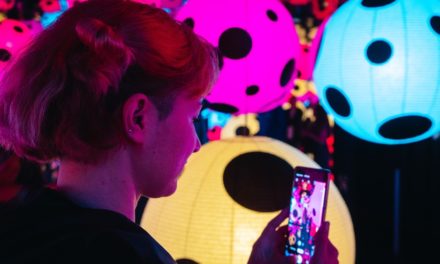Experience Design Beyond The Screen
Originally published on April 20, 2018Over the last couple of weeks, I have had to opportunity to speak about Beyond The Screen Experience Design on several occasions. My audience has been experience design students, media education professionals and experience professionals. The interest and positive feedback have honestly been invigorating for a storyteller-slash-designer such as myself.
So why is this so interesting to experience designers now? It’s not like it’s the first time for myself or others to bring up this concept I used it to introduce my Integrated Storytelling courses years ago with it, and I am certain someone has proceeded me in talking about this.
I think there are various reasons. Experience design is not just about the on-screen digital user experience, something that has been known to the themed entertainment industry for more than half a century, and something that experience designers in the digital era are becoming increasingly aware of. This awareness is partly driven by developments in technology that go beyond the screen. Just think about smart home appliances like Philips Hue or other possibilities in the Internet Of Things era that we have already ventured into.
Furthermore, themed entertainment and attraction design are distancing itself from the screen fixation witnessed in other industries. Physical activity is the new big thing on the attraction campus, and sometimes that includes an element of physical detox, where screens have no place as part of the experience.
I personally believe the immediate future of experience design is one that integrates physical and digital across various touch point, meaning that screens (often in plural) will be included as part of a holistic design when relevant and needed. To the experience designer, that means to be prepared to go beyond the current design trend of seeing experience design as user experience design, or in the terms of the abbreviation-minded, UX. As a holistic experience designer, you will need the ability to go beyond the screen and design connecting points across time, space and media to build coherence.
Working with themed entertainment and branded experiences, the secret sauce we use as AdventureLAB is the story, from the core idea to the modular, nonlinear, interactive and integrated iterations in which it may find its final form. For the experience designer, this means that you will need to understand the basics of storytelling. For the storyteller, this means that you will need to understand the basics of experience design. For professional marketers, think of the traditional team of the art director and the copywriter. When each of them understands the world of the other, their output will be that much more brilliant.
Just think about it. How will you prepare yourself to go beyond the screen, and how will you ensure having the kind of cross-disciplinary competencies that will help you get there successfully? Challenge yourself now, before the evolution in integrated experience design of going beyond the screen challenges you.




